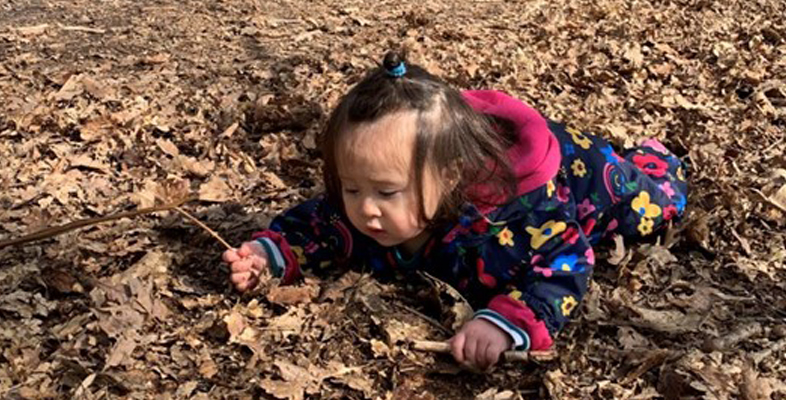References
Bento, G. and Dias, G. (2017) ‘The importance of outdoor play for young children’s healthy development’, Porto Biomedical Journal, 2(5), pp. 157–160.
Biesta, G. (2022) World-Centred Education: A View for the Present, London: Routledge.
Boyd, D., Hirst, N. and Siraj-Blatchford, J. (2017) Understanding Sustainability in Early Childhood Education, London: Routledge.
Chawla, L. (2009) ‘Growing up green: Becoming an agent of care for the natural world’, The Journal of Developmental Processes, 4(1), p. 23.
Davies, J. and Elliot, S. (2014) Research in Early Childhood Education for Sustainability, London: Routledge.
Froebel, F. (1887) The Education of Man (translated by W. Hailmann), New York: Dover.
Gill, T. (2011) Children and Nature: A Quasi-systematic Review of the Empirical Evidence. London: London Sustainable Development Commission, Greater London Authority. Available at: www.londonsdc.org/ documents/ Children%20and%20Nature%20-%20Literature%20Review.pdf [Tip: hold Ctrl and click a link to open it in a new tab. (Hide tip)] (Accessed: 13 April 2023).
Giusti, M., Svane, U., Raymond, C.M. and Beery, T.H. (2018) ‘A Framework to Assess Where and How Children Connect to Nature’, Front. Psychol, 8.
Hall, E., Linnea Howe, S., Roberts, S., Foster Shaffer, L. and Williams, E. (2014) ‘What can we learn through careful observation of infants and toddlers in nature?’, Children, Youth & Environments, 24(2), pp. 192–214.
Harms, T., Cryer, D. and Clifford, R. (2006) Infant/Toddler Environment Rating Scales, rev. edn, New York: Teachers College Press.
IPBES (2019) Global Assessment Report on Biodiversity and Ecosystem Services of the Intergovernmental Science-Policy Platform on Biodiversity and Ecosystem Services. Available at: https://ipbes.net/ global-assessment (Accessed: 13 April 2023).
IPPC (2021) AR Climate Change 2021: The Physical Science Basis Sixth Assessment Report. Available at: https://www.ipcc.ch/ report/ ar6/ wg1/ downloads/ report/ IPCC_AR6_WGI_Headline_Statements.pdf (Accessed: 13 April 2023).
Josephidou, J. and Kemp, N. (2022) ‘A life “in and with nature”? Developing nature engaging and nature enhancing pedagogies for babies and toddlers’, Global Education Review.
Kemp, N. (2015) ‘Building a Partnership for Change: The Connecting Children and Nature Network’, Local Economy May 2015, 30, pp. 361–69.
Louv, R. (2005) Last Child in the Woods, Atlantic books.
Moore, R. and Cosco, N. (2014) ‘Growing Up Green: Naturalization as a Health Promotion Strategy in Early Childhood Outdoor Learning Environments’, Children, Youth & Environments, 24(2), pp. 168–91.
Pyle, M. (1993) The Thunder Tree , Oregon: Oregon State University Press.
Sobel, D. (2008) Childhood and Nature: Design Principles for Educators, Stenhouse Publishers.
United Nations (1987) Brundtland Report: Our Common Future. Available at: https://www.are.admin.ch/ are/ en/ home/ media/ publications/ sustainable-development/ brundtland-report.html (Accessed: 13 April 2023).
WWF (2020) ‘Living Planet Report 2020 - Bending the curve of biodiversity loss’ in Almond, R.E.A., Grooten, M. and Petersen, T. (eds) WWF, Gland, Switzerland. Available at: https://files.worldwildlife.org/ wwfcmsprod/ files/ Publication/ file/ 279c656a32_ENGLISH_FULL.pdf?_ga=2.151687920.837793652.1638958165-1453798255.1638958165 (Accessed: 13 April 2023).
